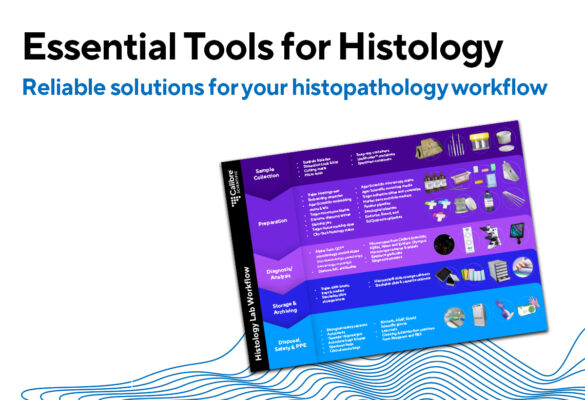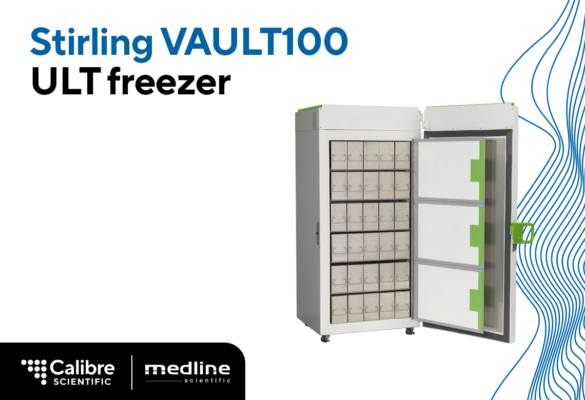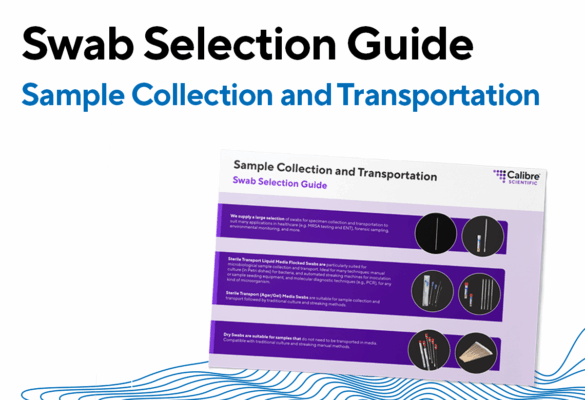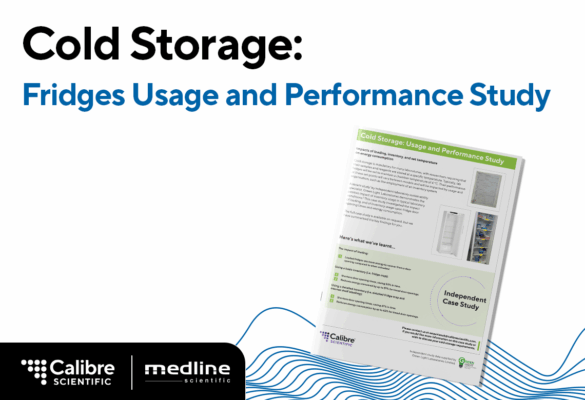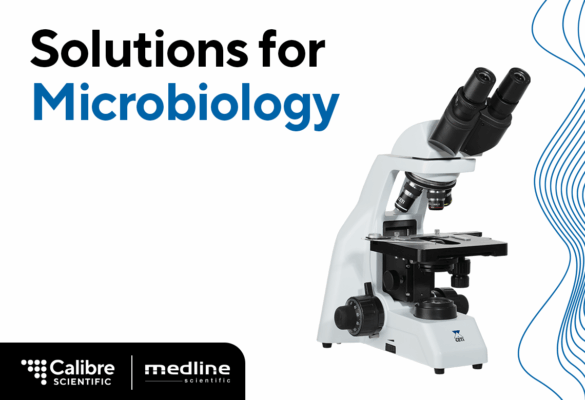Laboratories consume large quantities of energy; using 4-6 times (per m2) more than your average office.[1] This article highlights a number of sustainable laboratory practices, some of which, might be appropriate for your daily workflows.
Energy-usage in laboratories
The majority of labs will have several pieces of equipment running for long periods of time such as biological safety cabinets, fume cupboards, drying cabinets or even 24/7, for example ULTs and fridges. However, incorporating some sustainable laboratory practices into everyday routines can enable organisations to reduce their energy usage and costs, and reduce their carbon footprint.
Sustainable laboratory practices: Equipment
- Maximise cycle efficiently: When possible, ensure that glasswashers and autoclaves are full and efficiently loaded before running a cycle. This will save both water and energy usage, and reduce the associated costs. This may require your lab to…
- Coordinate with other laboratories: You may be able to share certain pieces of equipment with other labs to improve efficiency. In addition, investigate whether your organisation has set up any lend/borrow schemes. For short- to medium-term requirements, it might be more economical to borrow or hire a piece of equipment.[2]
- Turn equipment off: Often it is possible to switch off equipment and instruments if they are not going to be used for several hours (e.g. evenings and weekends). To encourage this, stickers can be used as reminders. Stickers should include information on when equipment can be switched off and include details on heat-up times, for example. As well as stickers…
- Use timers: Install timers to ensure that equipment can be switched off, but still be ready for use when everyone arrives in the morning. Some manufacturers offer units with timers built-in. For example, drying cabinets with timers, such as Genlab’s E3 insulated units, can help laboratories reduce their energy usage.
- Maintain your equipment: Regular maintenance of your laboratory equipment and instruments will help to ensure that they are running optimally. Service checks can also highlight if a ULT, for example, is not running efficiently, as can metering…
- Monitor your usage: Energy monitors can be installed to keep track of your energy use. They are also helpful in bringing to your attention, units that are not running efficiently and may need to be serviced, repaired or replaced. Your organisation may already have some that you can borrow for short-term monitoring.[3]
- Do your research when purchasing: Consider the energy efficiency and likely length of life cycle when buying new equipment, along with your other requirements. Ask manufacturers if they can provide energy usage data (kW/h).
- Use analytical water wisely: Energy and water are both required to produce high-quality laboratory water via distillation, deionisation and reverse osmosis. Select the lowest grade of water that is suitable for your application, and only use analytical water when it is required. Purchase water purification systems that have a standby mode to reduce energy usage (and water). For laboratories that require only small volumes of analytical water, consider whether it is more economical to buy this ready-made.
- Fit vacuum controllers: Vacuum pumps can be purchased with (or fitted with) vacuum controllers to ensure that they are being used efficiently for your application.
- Use lids for baths: Keep lids on heated water baths, when they’re in use. You may want to consider replacing water entirely, with beads (e.g. Lab Amor™ beads). Using beads would also reduce the need for decontamination solutions (and your water usage).
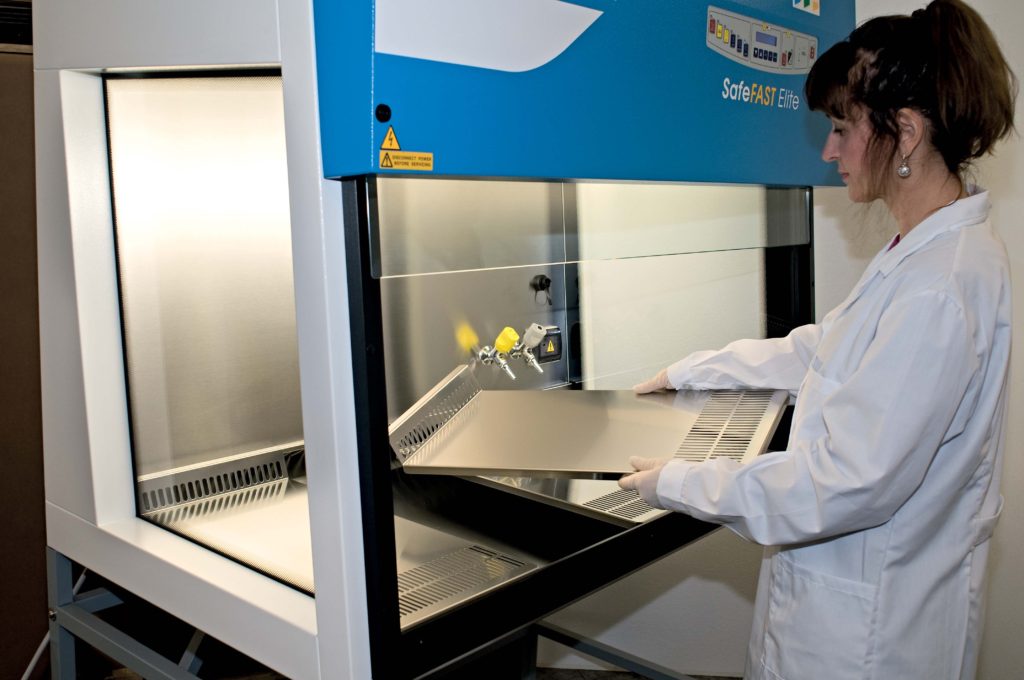
Focus: Fume cabinets and biological safety cabinets
Fume cupboards are essential for health and safety, but they do consume considerable amounts of energy. Although biological safety cabinets use less energy, there are still some simple practices that can be introduced to improve efficiency and reduce running costs.
Firstly, shut the sash when no one is using the cabinet(s). This reduces energy use and improves safety. For biological safety cabinets, this can reduce energy consumption by as much as 70%.[4] Some models feature LED lighting with dimmable function. This allows you to dim the lights when appropriate and reduce their energy use. As discussed above, use stickers to encourage good habits.
Better still, stickers can be used to remind personnel when equipment can be turned off, without interfering with daily workflows. Both fume cupboards and biological safety cabinets can be switched off if they are not going to be used for long periods e.g. at night time, weekends or during holidays. Cabinets can be turned off and then cleaned prior to use.
Ensure that your fume cupboards and biological safety cabinets are working properly and are well maintained. Regular maintenance will highlight any issues and ensure that they are running at their most efficient.
Avoid blocking air intake grills and vents within the cabinets. Not only can this disrupt air flow, but the fan will need to work harder, and will therefore consume more energy.
Don’t use fume cupboards for chemical storage. This is not an economical or efficient use of laboratory space and resources. Invest in suitable a chemical storage cupboard instead.
Purchasing tips
Consider the advantages and disadvantages of recirculating and ducted fume cabinets, and discuss your application requirements with specialist manufacturers. Recirculating fume cabinets will have some restrictions, based on their absorption capacity and the types of chemicals being used. However, they are usually more energy efficient due to their configuration. Request energy usage data (kW/day) from the manufacturer or supplier.
For biological safety cabinets, select cabinets with LED lighting and DC fans, which are more energy efficient than their AC alternatives. Over a cabinet’s life span, these can offer significant energy and cost savings.
Faster’s SafeFAST Premium biological safety cabinets incorporate features to facilitate energy efficiency, such as: LED lighting, DC motors, and low-pressure drop filters which lower energy consumption and offer a longer lifespan. Faster’s EC/DC fan technology provides quiet operation, stable airflow, as well as improved energy efficiency and less heat output. Contact us to find out more about Faster cabinets or visit the product page.
[1] https://www.labnews.co.uk/article/2025394/don_t_let_energy_efficiency_tie_you_in_knots
[2] Medline Scientific offer a hire/load ULT freezer service
[3] Medline Scientific offer bespoke energy monitoring
[4] Faster’s SafeFAST Premium biological safety cabinets: The energy saving mode, when the front sash is closed, give a 70% reduction in energy use when compared with full operational mode.

